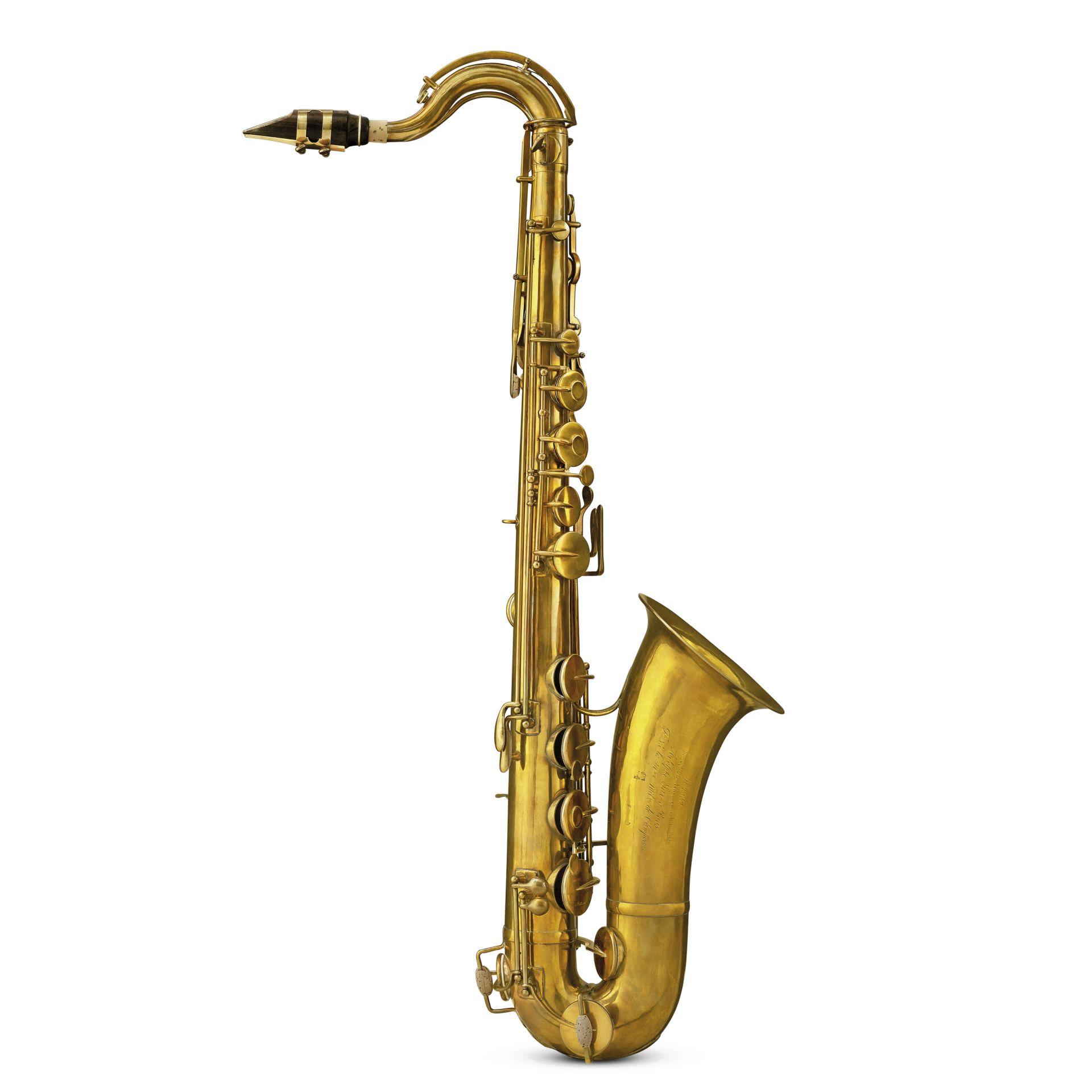The saxophone is a musical instrument that is often mistaken as a brass instrument due to its brass construction. However, the saxophone is actually classified as a woodwind instrument due to the way it is played.
The saxophone is a conical bore woodwind instrument, which means that it has a tapered shape that widens as you reach the bottom end of the instrument. This is diffeent from a cylindrical instrument like the clarinet, which maintains the same diameter throughout its length.
Despite being made primarily of brass, the saxophone’s sound is produced using a single reed, much like a clarinet. When air is blown through the reed, it vibrates against the mouthpiece to produce a sound. The player then uses keys to change the pitch and create different notes.
Saxophones come in a wide range of sizes, from the smallest soprano saxophone to the largest bass saxophone. Each size has a unique sound and is used in different types of music. The alto saxophone, for example, is commonly used in jazz and pop music, while the tenor saxophone is often used in classical and rock music.
The saxophone is a unique hybrid of a woodwind and brass instrument. Despite being made of brass, its sound is produced using a single reed, making it a member of the woodwind family. Whether you’re a beginner or a professional musician, the saxophone is a versatile instrument with a rich history and unique sound that can’t be replicated by any other instrument.
Is a Saxophone a Woodwind or Horn Instrument?
The saxophone is commonly mistaken for a brass instrument due to its appearance and the fact that it is often found in brass bands. However, the saxophone is actually classified as a woodwind instrument. This is because it produces sound through the vibration of a reed, much like other woodwind instruments such as the clarinet and flute.
The saxophone family includes several different types of saxophones, such as the soprano, alto, tenor, and baritone saxophones. Each type of saxophone is classified as a woodwind instrument, despite their varying sizes and shapes.
In contrast, a horn typically refers to a brass instrument, such as a trumpet, trombone, or French horn. These instruments produce sound through the vibration of the player’s lips, which creates a buzzing sound that resonates through the instrument’s tubing.
The saxophone is a woodwind instrument, not a horn. While it may look similar to brass instruments, its sound production method and classification set it apart from the horn family.

Source: dkfindout.com
The Saxophone: A Woodwind Instrument
The saxophone is a well-known and widely used musical instrument that falls under the category of woodwind instruments. It is a conical bore woodwind instrument, which means that it has a tapering shape, starting with a smaller diameter at the top and gradually increasing in size towards the bottom end of the instrument.
Unlike cylindrical bore instruments such as the clarinet, which maintain the same diameter throughout thir length, the saxophone’s conical bore shape helps to produce a distinctive sound that sets it apart from other woodwind instruments. This shape also allows for greater control over the instrument’s tone and intonation, making it a popular choice among musicians across various genres and styles of music.
The saxophone is a conical bore woodwind instrument that stands out for its tapered shape and unique sound, making it a highly versatile and sought-after instrument in the world of music.
Misconceptions About the Saxophone Being a Brass Instrument
The saxophone is oftn mistaken as a brass instrument due to its primary construction material being brass. However, the saxophone is classified as a woodwind instrument because of the way it is played. The confusion arises from the fact that the saxophone’s sound is produced by blowing air through a reed, similar to other woodwind instruments. However, unlike other woodwind instruments, the saxophone uses a brass body and a single reed mouthpiece.
Another possible reason for the confusion is that the saxophone is often included in brass sections of big bands and orchestras. This is because its sound blends well with brass instruments, and it often plays a similar role to brass instruments in musical arrangements.
It is important to note that the saxophone is a unique hybrid of a woodwind and brass instrument, and it should be classified as a woodwind instrument due to its playing technique.
The Woodwind Classification of the Saxophone
The saxophone is considered a woodwind instrument due to its use of a single reed to create sound. Although saxophones are made of brass, they are classified as woodwinds because of this reed. Unlike instruments in the brass family, such as trumpets and trombones, which require the player to buzz thir lips into a mouthpiece to create sound, the saxophone uses a reed to vibrate and create sound. The saxophone family includes a complete range of sizes, from the tiny sopranino saxophone to the large bass saxophone. Despite their brass construction, saxophones are considered woodwinds due to their use of a reed to produce sound.

Conclusion
The saxophone is a one-of-a-kind instrument that defies classification. It is a hybrid of a woodwind and brass instrument, making it unique in the musical world. Although primarily made of brass, it is classified as a woodwind instrument due to how it is played. Its conical bore design, which widens from top to bottom, produces a rich, warm sound that is beloved by musicians and listeners alike. With a complete range of sizes, from the tiny soprano saxophone to the massive bass saxophone, there is a saxophone for every player and every musical style. Whether you are a beginner or an experienced musician, the saxophone is a versatile and rewarding instrument to play. So pick up a saxophone, feel the power of its sound, and join the ranks of saxophonists throughout history who have made their mark on the world of music.
